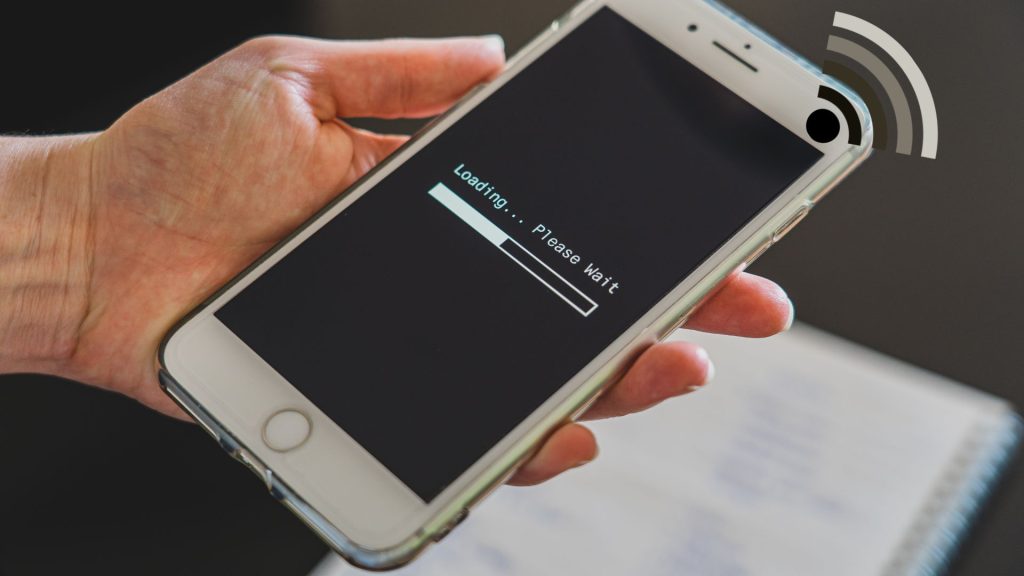Without a cell signal, your Android phone can still send messages. Here is the information to make you helpful.
3 min read
Have you ever found yourself in a situation where you need to send a message, but your Android phone has no cell signal? Perhaps you’re in a remote area with no coverage, or your network is down due to technical issues. Whatever the reason, not being able to send messages can be frustrating, especially in emergency situations. The good news is that your Android phone can still send messages without a cell signal, and we’re here to show you how.
Method 1: Wi-Fi Calling and Messaging
Many Android phones support Wi-Fi calling and messaging, which allows you to make calls and send messages over a Wi-Fi network. To use Wi-Fi calling and messaging on your Android phone:
- Ensure your phone is connected to a Wi-Fi network.
- Go to your phone’s settings and look for the “Connections” or “Wireless & networks” section.
- Check if Wi-Fi calling and messaging are enabled. If not, toggle the switch to enable them.
- Open your messaging app, and you should be able to send messages over Wi-Fi.
Method 2: Messaging Apps that Use Internet Connectivity
Several messaging apps use internet connectivity to send messages, making them a great alternative when you don’t have a cell signal. Some popular options include:
- Facebook Messenger
- Signal
- Telegram
To use these apps, ensure your phone is connected to a Wi-Fi network or has a stable internet connection. Once connected, you can send messages, make voice or video calls, and even share files with others.

Method 3: Satellite Messaging
Some Android phones, especially high-end models, come with satellite messaging capabilities. This feature allows you to send messages via satellite networks, which can be particularly useful in emergency situations or when you’re in areas with no cellular coverage. To use satellite messaging on your Android phone:
- Check if your phone supports satellite messaging. This feature is usually available on phones designed for outdoor use or those with advanced emergency features.
- Ensure you have a clear view of the sky, as satellite signals can be affected by obstructions.
- Follow the on-screen instructions to send a message via satellite.
Method 4: Emergency Messaging Services
In emergency situations, some Android phones offer emergency messaging services that can send messages to emergency responders or contacts. These services often use a combination of cellular, Wi-Fi, and satellite connectivity to send messages. To use emergency messaging services on your Android phone:
- Check if your phone supports emergency messaging services. This feature is usually available on phones with advanced emergency features.
- Ensure you have enabled emergency messaging services in your phone’s settings.
- Follow the on-screen instructions to send an emergency message.
Benefits of Sending Messages without a Cell Signal
Sending messages without a cell signal can be a lifesaver in emergency situations or when you’re in areas with no coverage. Here are some benefits of sending messages without a cell signal:
– Stay connected: Sending messages without a cell signal allows you to stay connected with others, even when traditional cellular networks are unavailable.
– Emergency situations: In emergency situations, sending messages without a cell signal can be a vital lifeline, allowing you to call for help or send important messages.
– Remote areas: When you’re in remote areas with no cellular coverage, sending messages without a cell signal can be a reliable way to communicate with others.
Conclusion In conclusion, your Android phone can still send messages without a cell signal using alternative methods like Wi-Fi messaging, messaging apps that use internet connectivity, satellite messaging, and emergency messaging services. By understanding these alternatives and how to use them, you can stay connected even when traditional cellular networks are unavailable.
Additional Tips Here are some additional tips to help you make the most of these alternative messaging methods:
- Ensure your phone is connected to a stable internet connection, either through Wi-Fi or mobile data, to use messaging apps.
- Be aware of the data charges associated with using messaging apps, especially if you’re not connected to a Wi-Fi network.
- Familiarize yourself with the emergency messaging services available on your phone and enable them in your phone’s settings.
- Consider investing in a phone with satellite messaging capabilities if you frequently find yourself in areas with no cellular coverage.
By following these tips and understanding the alternative messaging methods available on your Android phone, you can stay connected and send messages even when traditional cellular networks are unavailable.








